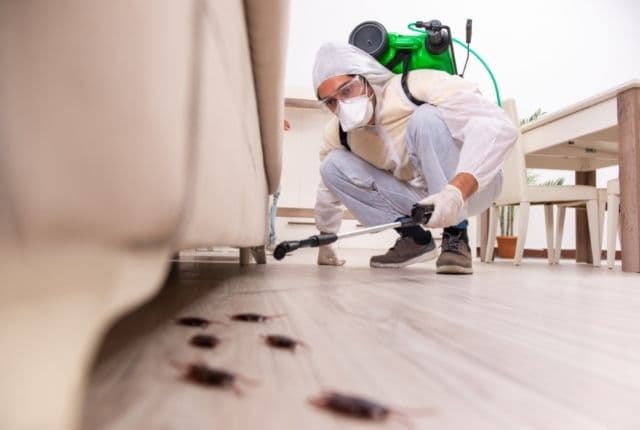Cockroaches are found to live in a wide range of environments, preferring warm conditions usually. Cockroaches can be found in almost all densely populated cities around the world. Since they are capable of surviving in any condition, they carry all sorts of diseases. The common diseases caused by cockroaches are dysentery, poliomyelitis and gastroenteritis, which can certainly affect humans. Cockroaches become more active when the temperature is more than 70 degrees Fahrenheit. They are also capable of existing without food for about three months and without water for one month. A Cockroach has the capability to live anywhere such as on fermenting products, septic dressing, feces, rotting food, leather, etc and cockroach exterminator Burlington is always here to deal with any cockroach infestation scale.
What sort of diseases do cockroaches carry and how?
In 1943, it was first reported that Cockroaches can cause an allergy in humans. It was found that after the insect crawled over their body certain patients developed skin rashes. After the development of allergy skin tests in 1959, patients were confirmed with cockroach allergies. With further studies about cockroaches, it was also found that the allergens can also become a factor for acute asthma attacks- a life-threatening chronic disease caused in the respiratory system.
Researchers also found out that cockroaches can transport microbes including pathogens that are dangerous to humans. Cockroaches have the capacity to spread thirty-three kinds of dangerous bacteria, including Salmonella species and E.coli, which are capable of causing gastroenteritis and food poisoning. These bacteria can cause severe diarrhea, which further causes dehydration and sometimes even require hospitalization in humans.
The following things can save you and your family against cockroach diseases:
- Make sure that your dishes, crumbs and spills are free of clutter.
- If you have sinks or bathrooms that are not used, run water periodically in them.
- Scan your child’s backpack when he returns home.
- Seal cracks or gaps in walls, openings and walls.

